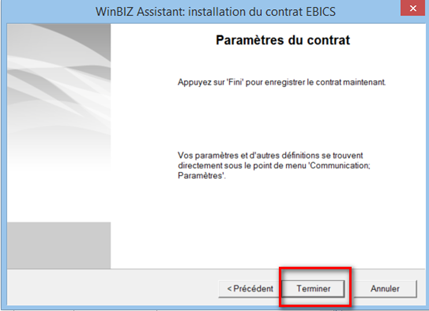

Characterization of lipase in gastric aspirates of premature and term infants. Fatty acids generated by gastric lipase promote human milk triacylglycerol digestion by pancreatic colipase-dependent lipase. Intestinal triglycerides are derived from both endogenous and exogenous sources. Chylomicron retention disease: a description of a new mutation in a very rare disease. Hypobetalipoproteinemia and abetalipoproteinemia. Intestinal lipid absorption and lipoprotein formation. Recent advances in triacylglycerol mobilization by the gut.

Recent discoveries on absorption of dietary fat: presence, synthesis, and metabolism of cytoplasmic lipid droplets within enterocytes. Formation and transport of chylomicrons by enterocytes to the lymphatics. Using the lymphatics to study nutrient absorption and the secretion of gastrointestinal hormones.

Studies have suggested that the gut microbiome in the small intestine has a role in regulating host metabolism and the response to dietary lipids. Pharmacotherapy targeted to specific proteins and/or molecules involved in the absorptive process, such as luminal lipases, bile acids, NPC1L1, MGAT2, DGAT1 and MTP, could be used to treat diet-induced obesity and its associated complications. Specific proteins and enzymes are involved in this complex process when deficient, human diseases characterized by defective lipid and fat-soluble vitamin absorption, such as abetalipoproteinaemia and chylomicron storage disease, occur.Ĭytoplasmic lipid droplets are multiprotein-coated structures that serve as dynamic triacylglycerol storage pools in the enterocyte and are involved in several aspects of enterocyte lipid metabolism. Dietary lipids are digested and are taken up by enterocytes for re-esterification and packaging into pre-chylomicrons in the endoplasmic reticulum, trafficked to the Golgi and then secreted for transport in the lymphatic system.


 0 kommentar(er)
0 kommentar(er)
